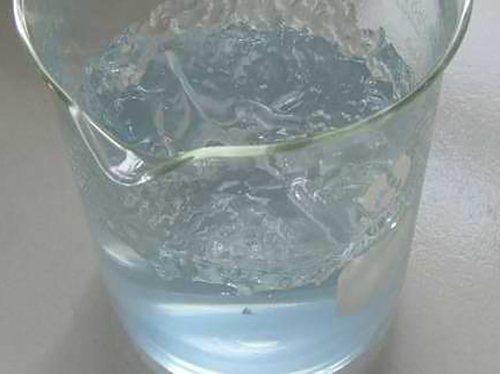Poly Aluminum Chloride for Effective Water Purification and Treatment Solutions
Poly Aluminum Chloride in Water Treatment A Comprehensive Overview
Water treatment is an essential process aimed at ensuring the safety and quality of drinking water and the efficient management of wastewater. Among the various chemicals used for this purpose, Poly Aluminum Chloride (PAC) has emerged as a popular choice due to its effectiveness in coagulation and flocculation processes. This article explores the properties, applications, and advantages of PAC in water treatment.
What is Poly Aluminum Chloride?
Poly Aluminum Chloride is a water-soluble inorganic polymer derived from the reaction of aluminum hydroxide and hydrochloric acid. It is typically available in both liquid and solid forms and is characterized by its high positive charge density, which is crucial for effective removal of contaminants from water. PAC has a higher aluminum content than traditional coagulants such as alum, making it more effective at lower dosages.
Mechanism of Action
During water treatment, PAC functions primarily through coagulation and flocculation. Coagulation is the process where fine particles in water aggregate to form larger clusters or flocs. The positive charge of PAC neutralizes the negative charges on suspended particles, allowing them to come together. Once formed, the flocs can be removed from the water through sedimentation or filtration.
Flocculation follows coagulation and involves the gentle mixing of water to encourage the formation of larger flocs from the smaller aggregates. This step is crucial for effectively removing impurities, including organic matter, suspended solids, and pathogens.
Applications of PAC in Water Treatment
PAC is widely utilized in various water treatment applications, including municipal drinking water, wastewater treatment, and industrial applications
1. Drinking Water Treatment PAC is effective in enhancing the clarity and quality of potable water. It is used to remove turbidity and organic substances, ensuring that the water meets the required safety standards.
2. Wastewater Treatment In wastewater treatment facilities, PAC helps to reduce the levels of suspended solids and pollutants. This is critical for protecting the environment and meeting regulatory discharge requirements.
poly aluminum chloride water treatment

3. Industrial Water Treatment Many industries use PAC to treat process water and wastewater. Its effectiveness in removing contaminants helps maintain optimal production processes and reduce environmental impact.
Advantages of Using PAC
The advantages of using Poly Aluminum Chloride in water treatment are substantial
1. High Efficiency PAC's high charge density allows for effective coagulation at lower doses compared to traditional coagulants. This results in less chemical usage and lower operational costs.
2. Wide pH Range PAC operates efficiently across a wide pH range, making it suitable for various water qualities. This flexibility is beneficial in regions where water quality fluctuates.
3. Improved Settling and Filtration The flocs formed with PAC tend to be larger and denser, leading to improved settling rates and enhanced filtration performance. This results in clearer water and reduced load on filtration systems.
4. Reduced Sludge Production Utilizing PAC often results in less sludge compared to alum, simplifying the sludge handling and disposal processes. This is a significant benefit for wastewater treatment plants striving for sustainability.
5. Environmentally Friendly PAC is generally considered to be more environmentally friendly than traditional coagulants, as it produces less harmful byproducts and is less likely to cause adverse effects on aquatic ecosystems.
Conclusion
Poly Aluminum Chloride represents a revolutionary advancement in water treatment technology. With its effective coagulation properties, versatility, and environmental benefits, PAC serves as a critical component in ensuring clean, safe water for both human consumption and industrial use. As the global demand for efficient water treatment solutions continues to grow, PAC is likely to play a pivotal role in shaping the future of water quality management.
-
Water Treatment with Flocculant Water TreatmentNewsJun.12,2025
-
Polymaleic AnhydrideNewsJun.12,2025
-
Polyaspartic AcidNewsJun.12,2025
-
Enhance Industrial Processes with IsothiazolinonesNewsJun.12,2025
-
Enhance Industrial Processes with PBTCA SolutionsNewsJun.12,2025
-
Dodecyldimethylbenzylammonium Chloride SolutionsNewsJun.12,2025





